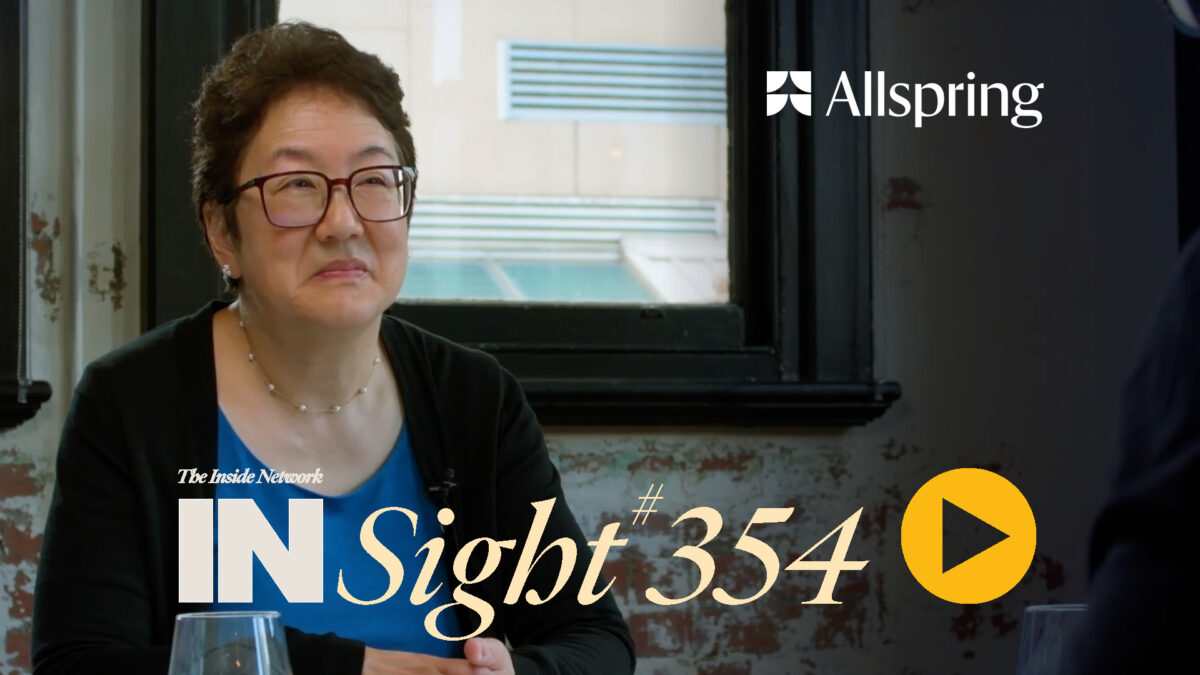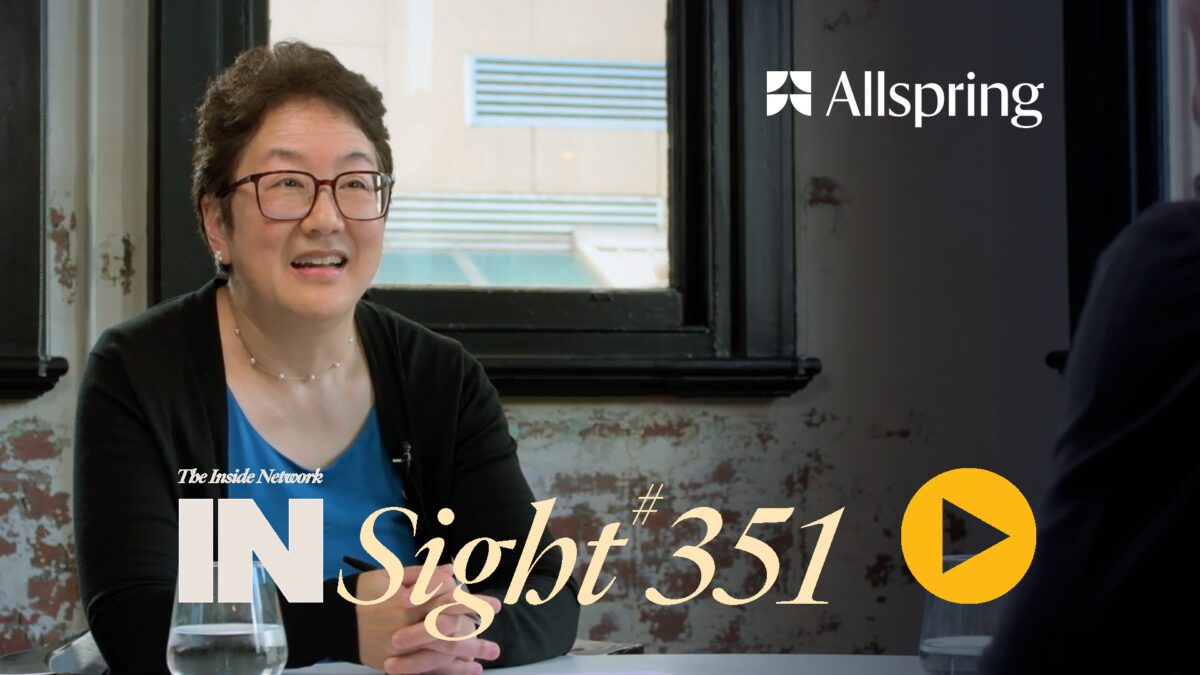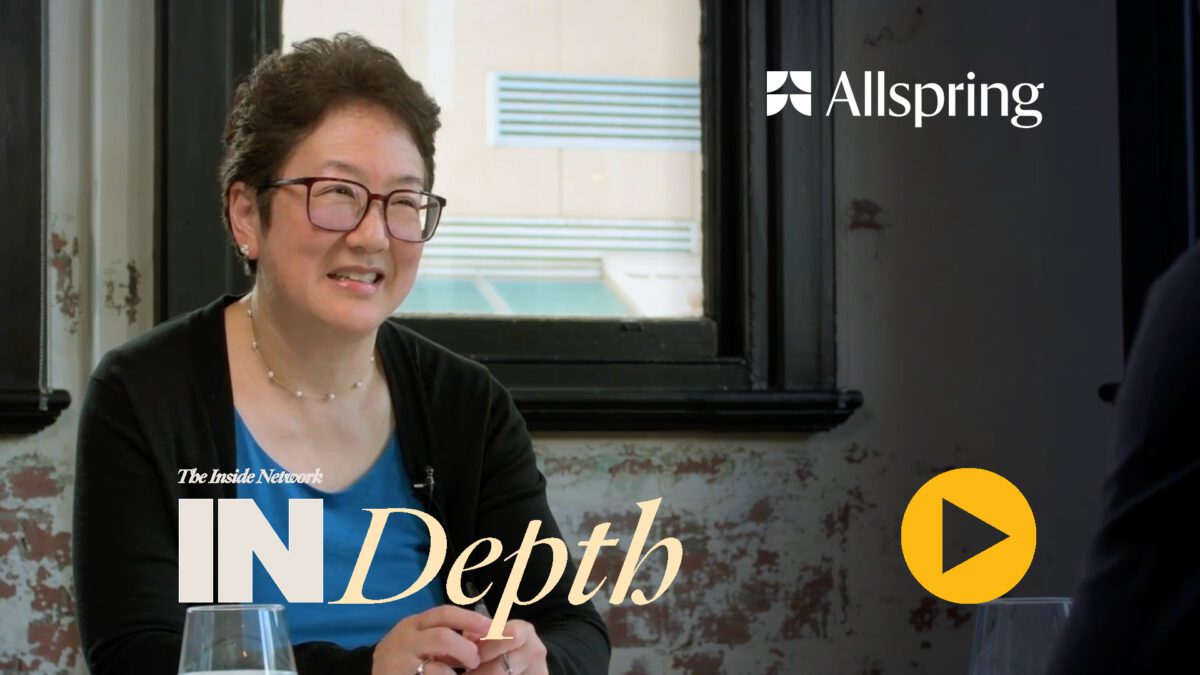Three big trends driving change in currency management
Super funds have always laboured with their decisions over currency management – often times the most important investment decision for an Australian investment committee. Hedge or not, active or passive, cross-currency management or not?
In a new study, called ‘Managing Currency Risk in a Two-Speed World’, bfinance, the global mandate search firm and implementation advisor, says active and tactical approaches to currency management are having a resurgence in popularity.
The report, published last week, says: “Today’s climate raises new FX-related headaches for investors, provoking a rethink of historic decisions to implement hedging, leave exposures unhedged or delegate currency decisions to fixed income and equity managers.
“Three major trends are now driving change:
- The emergence of a ‘two-speed world,’ as interest rates in the US and Europe diverge, creates a more supportive climate for trend-following currency strategies. This month saw the latest boost to the federal funds rate, with a target range up from 1 per cent to 1.25 per cent
- More frequent geopolitical macro events have boosted FX volatility, and
- Currency management costs (both passive and active) face closer scrutiny thanks to a more fee-conscious climate and the anticipation of more stringent transaction cost reporting requirements under Mifid II.
“In an effort to shed light on key themes, this paper offers an examination of a subsector where we have observed increased investor appetite: active currency overlays, the hybrid blend of currency hedging and modest active return targets.”
bfinance says that recent data compiled by its researchers shows huge dispersion in active currency overlay fees and other costs, emphasising the need for close scrutiny by investors. Management fees for the more expensive offerings were twice the price of the cheaper ones, while average transaction costs varied by more than 400 per cent, the report says.
“Transaction costs are highly significant in both active and passive currency management and conventional assessment methods are flawed. Average trading costs can vary from under 0.5bps to more than 10bps… which can mean the difference between 25 per cent of total assets under management over an individual’s full investment lifetime.
“Managers shortlisted in [our] case study [of a UK pension fund active currency overlay search] had average transaction costs ranging from 0.46bps to 2.68bps while management fees were also highly dispersed.”
Andy Woolmer, the chief executive of New Change FX, a specialist London-based FX execution data provider, says in a supplement to the report: “Although FX usually contributes the highest volume of trading of any asset class within a portfolio, it is almost always the most neglected.
“FX flows are treated as a backoffice function rather than an important component of cost and an asset (liquidity) which can be sold to the market. Banks, traders and brokers spend millions on ensuring that they profit handsomely from this neglect. Any bank’s balance sheet will show 20 per cent of income from FX. These profits are rarely a result of taking trading risk, but rather come directly from the pockets of the unaware.
“The FX market operates on a two-tier basis with ‘insiders’ or ‘price-makers’ knowing a great deal about price formation, risk and costs, and ‘outsiders’ or ‘clients’ being treated as cash cows. FX is not traded ‘on exchange’ where prices are fair and transparent. These are ‘principal to principal’ markets in which the interests of the client and the bank or broker are in direct opposition.
“Much of the supposedly neutral infrastructure has been built to favour the price maker and not the client. When it comes to transaction information, clients suffer from last look, first look, skew, non-disclosed mark-ups, front running (or ‘pre-hedging’) and other issues.
“Asset owners face difficult questions, made even more pressing by the advent of new regulatory requirements: FX costs may soon become a matter of public record.”









